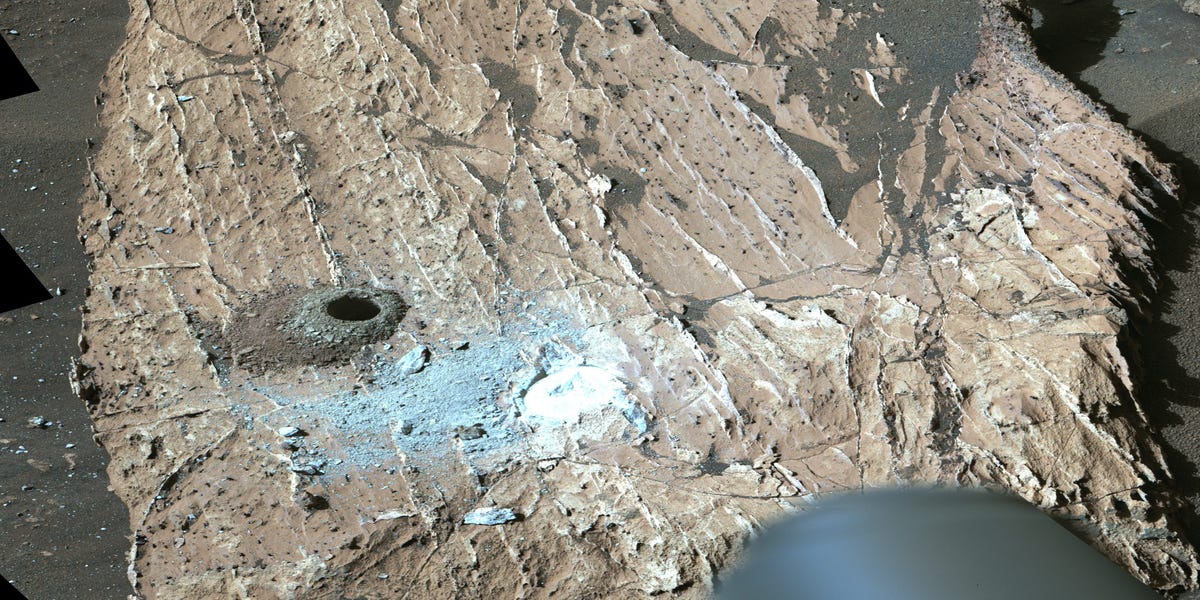“badly needed win” fuck off
Does NASA really need to “score a win” or is that just click bait?
Yeah, unfortunately.
They’re a popularity based branch. You gotta clap to keep them alive.
This is exciting! Even if its not microbes its a fascinating find & a win for science.
Though I hate how a someone remotely piloting science experiments via a rover on friggin’ mars has to worry about how “NASA needs this win”. What is the point of humanity if we don’t explore our universe! I find it it so frustrating.
I hope that one day, science can be a goal on it’s own. Not just to gain profit or funding.
the win that NASA needs is to stop having their budget slashed
But privatization makes everything better 🤢
Privatization done right can make things better, but done badly it always always makes things infinitely worse. It’s almost always done badly though, by bureaucrats with vested interests.
Even if done “right” privatization is the wrong choice for a lot of things. Like everything that should be a service for all citizens: postal service, health care, water, electricity, …
When greed is introduced into these services people will suffer for it. Just look at all the examples of privatizations and show me where the outcome was positive for the people.
So NASA needs aliens in order to justify its existence? The original remit was simply to reach the moon, and there were definitely no aliens there.
Article highlights:
The rock, nicknamed Cheyava Falls, has three critical features:
- First, white veins of calcium sulfate are clear evidence that water once ran through it.
- Second, the rock tested positive for organic compounds, which are the carbon-based building blocks of life, as we know it.
- Third, it’s speckled with tiny “leopard spots” that point to chemical reactions that are associated with microbial life here on Earth.
However, both the organic material and the leopard spots could have come from non-biological processes.
The rover has reached the limit of what it can learn about the rock.
They go on to say that the confidence in biosignature detection could be elevated significantly if the rock were brought back to Earth for closer study. And, it’s implied that doing so would be a worthwhile endeavor.



